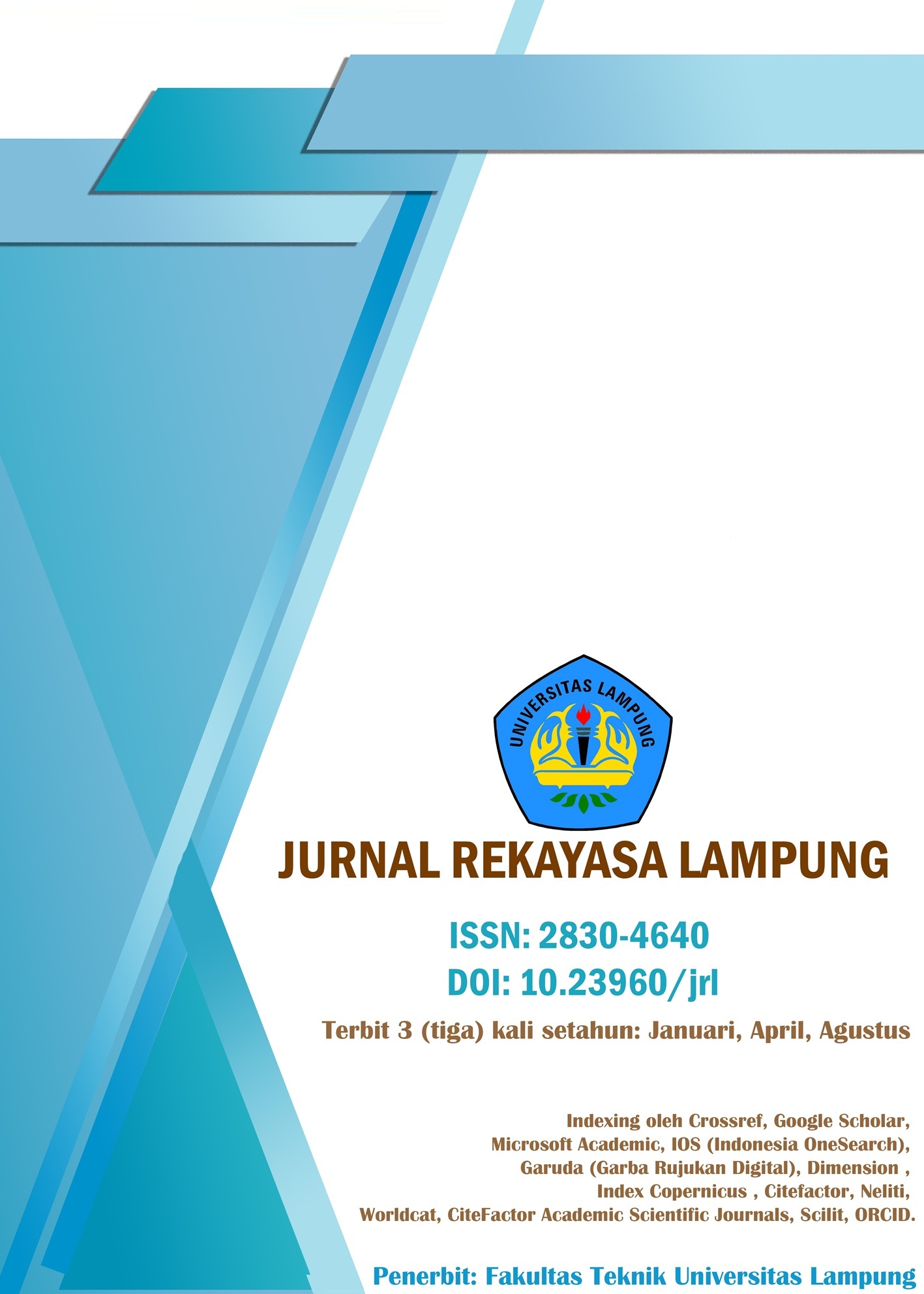TUGU GEMERLANG: SIMBOL IDENTITAS DAN HARAPAN KOTA METRO MENUJU GENERASI EMAS 2037
DOI:
https://doi.org/10.23960/jrl.v4i1.56Keywords:
Tugu Gemerlang, desain, identitas Kota Metro, pembangunan, kebudayaan, pendidikan.Abstract
Tugu Gemerlang adalah monumen yang dirancang untuk mencerminkan identitas Kota Metro, sekaligus menjadi simbol kemajuan sosial, ekonomi, dan budaya kota ini, serta mengarahkan perhatian pada peningkatan pendidikan dan kualitas sumber daya manusia. Tugu ini diharapkan dapat menggambarkan tiga generasi: masa lalu, masa kini, dan masa depan, serta menjadi simbol dari Generasi Emas Metro Cemerlang yang akan mencapai kemajuan pada tahun 2037. Sebagai bagian dari perencanaan, Sayembara Gagasan Desain diadakan dengan tujuan untuk menghasilkan desain yang tidak hanya fungsional tetapi juga inspirasional. Desain tugu ini juga mencerminkan cita-cita untuk mewujudkan generasi yang berpendidikan, sehat, dan berdaya saing di tingkat nasional dan global, serta berakar pada nilai-nilai kebudayaan dan sejarah Kota Metro. Proses pembangunan dimulai dengan sayembara, diikuti oleh penyusunan Detail Engineering Design (DED), dan akhirnya konstruksi tugu yang melibatkan berbagai material seperti batu, tembaga, dan akrilik. Dengan adanya Tugu Gemerlang, diharapkan dapat meningkatkan kualitas hidup masyarakat sekitar, mendukung pelestarian cagar budaya, serta menjadi daya tarik arsitektural yang mencerminkan kemajuan dan aspirasi kota menuju masa depan yang gemilang.
Downloads
References
Aghion, P., & Howitt, P. (2009). The Economics of Growth. MIT Press.
Atkinson, A. B. (2015). Inequality: What Can Be Done?. Harvard University Press.
Banten, B. p., 2022. Tugu Pamulang Sebagai Simbol Budaya dan Kebanggaan di Wilayah Kota Surakarta,” Departemen Seni Murni: Institut Seni Indonesia (ISI) Surakarta, 2017.
Bourdieu, P. (1986). Distinction: A Social Critique of the Judgement of Taste. Harvard University Press.
Coyle, D. (2014). The Economics of Enough: How to Run the Economy as If the Future Matters. Princeton University Press.
Diamond, J. (1997). Guns, Germs, and Steel: The Fates of Human Societies. W.W. Norton & Company.
EnglewoodCliffs. Panofsky, Erwin. 1955. Meaning In The Visual Arts.nChicago: The University of Chicago Press.
Feldman, Edmund Burke. 1967. Art as Image andbIdea. New Jersey: Printice-Hall Inc.
Freire, P. (2000). Pedagogy of the Oppressed. Continuum.
Goleman, D. (1995). Emotional Intelligence: Why It Can Matter More Than IQ. Bantam Books.
Hargreaves, A. (2003). Teaching in the Knowledge Society: Education in the Age of Insecurity. Teachers College Press.
Hatcher, R. (2016). The Political Economy of Education. Springer.
M. H. Himawan, “Kuasa Simbolik Patung Ruang Publik Studi Kasus
McKinsey & Company. (2010). How the World’s Best-Performing School Systems Come Out on Top. McKinsey & Company.
North, D. C. (1990). Institutions, Institutional Change, and Economic Performance. Cambridge University Press.
Paterson, Ian. 2009. A Dictionary of Colour: A Lexicon of the Language of Colour. USA of California:
Porter, M. E. (1990). The Competitive Advantage of Nations. Free Press.
Putnam, R. D. (2000). Bowling Alone: The Collapse and Revival of American Community. Simon & Schuster.
Sahlins, M. (1999). Cultural Transformations and Globalization. University of Chicago Press.
Sen, A. (1999). Development as Freedom. Oxford University Press.
Tan, J. (2007). Education and Human Development: A Global Perspective. Harvard University Press.
Throsby, D. (2001). Economics and Culture. Cambridge University Press.
UNDP. (2016). Sustainable Development Goals: A Blueprint for a Better Future. United Nations Development Programme.
UNESCO. (2015). Education for Sustainable Development Goals: Learning Objectives. UNESCO.
World Bank. (2007). Education for Development: An Evaluation of World Bank Support. World Bank Group.
Downloads
Published
How to Cite
Issue
Section
License
Copyright (c) 2025 Jurnal Rekayasa Lampung (JRL)

This work is licensed under a Creative Commons Attribution-NonCommercial 4.0 International License.
Authors/Readers/Third Parties can read, print and download, redistribute or republish the article (e.g. display in a repository), translate the article, download for text and data mining purposes, reuse portions or extracts from the article in other works, sell or re-use for commercial purposes, remix, transform, or build upon the material, they must distribute their contributions under the same license as the original Creative Commons Attribution-NonComercial (CC BY-NC).




